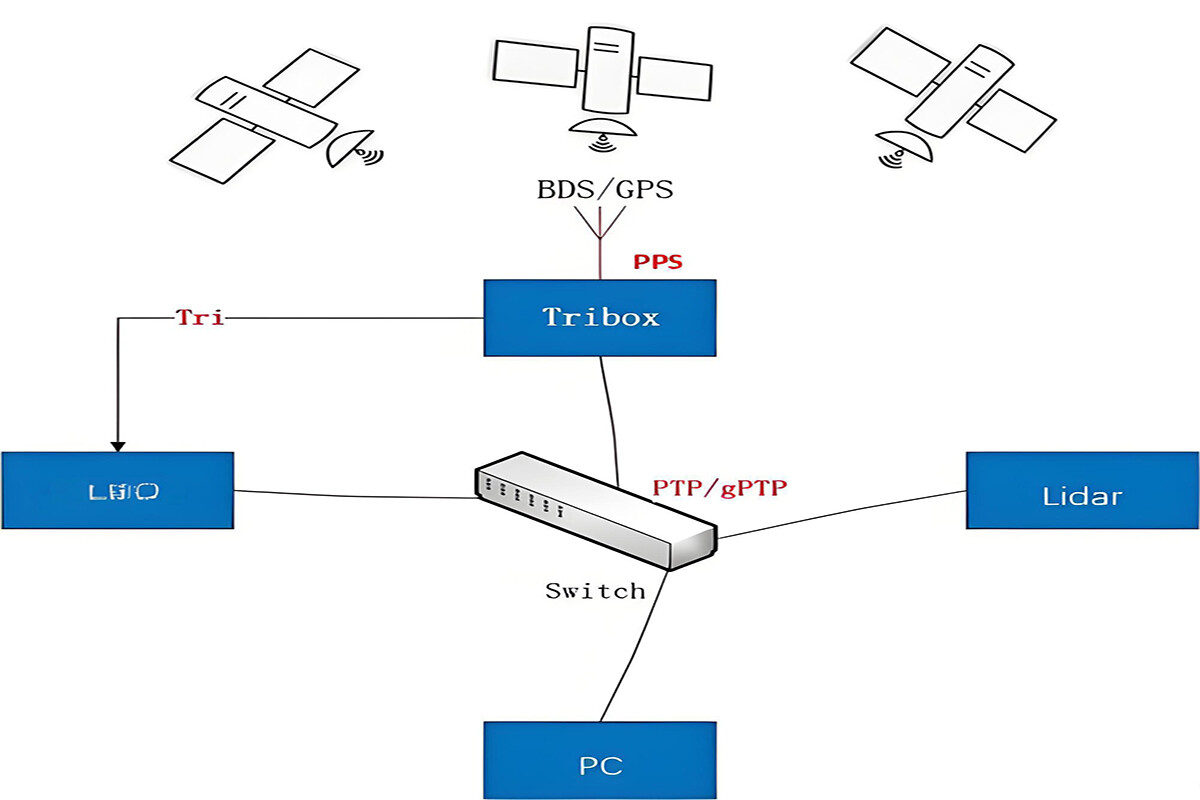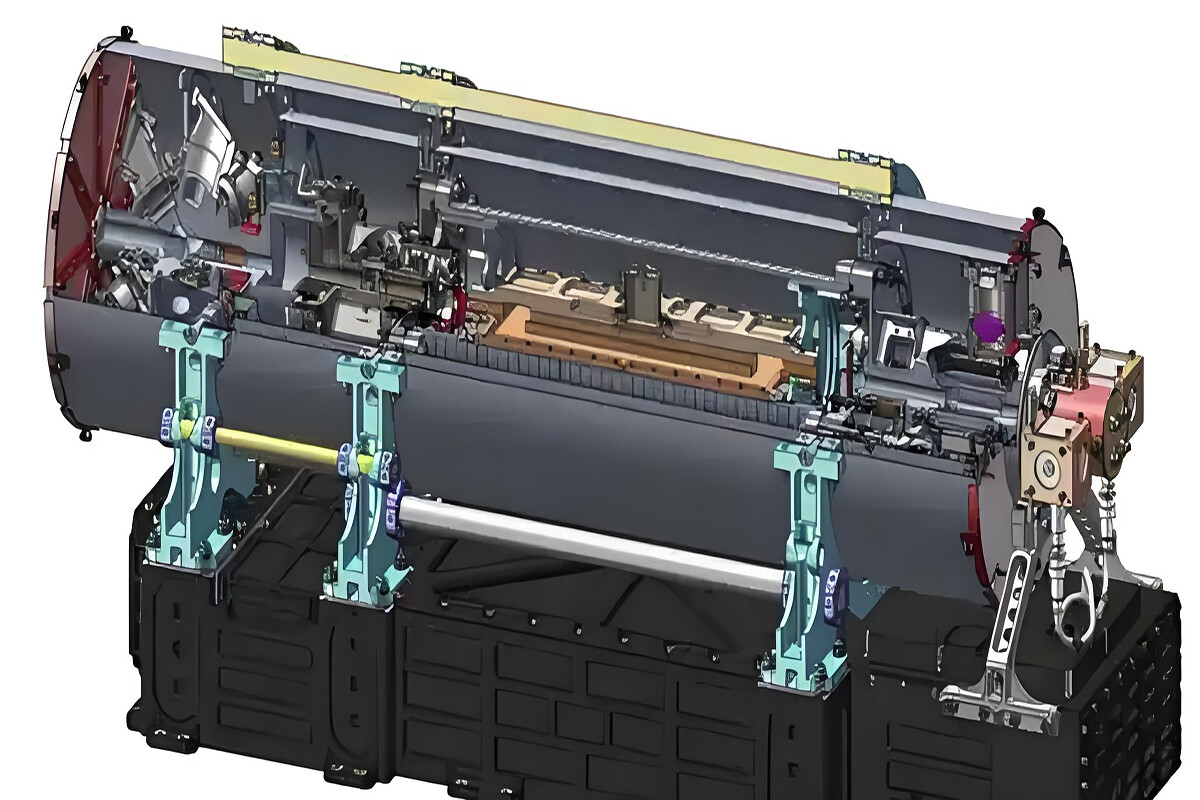RELATED
MESSAGE
1. Frequency Accuracy:
Refers to the deviation between the actual output frequency of the crystal oscillator and the nominal frequency, usually in ppm (parts per million) or ppb (parts per billion). The higher the frequency accuracy, the closer the output frequency is to the nominal value.
2. Frequency Stability:
Measures the ability of the crystal oscillator to maintain stable output frequency under different conditions (such as temperature, voltage, time, etc.), which can be subdivided into temperature stability, voltage stability, long-term stability, etc. Temperature stability reflects the change of frequency with temperature, voltage stability indicates the degree of change of frequency with power supply voltage, and long-term stability reflects the change trend of frequency with time.
3. Aging Rate:
Indicates the change trend of the output frequency of the crystal oscillator over time, generally measured by the annual frequency change (ppm/year). The lower the aging rate, the better the frequency stability of the crystal and the longer the service life.
4. Phase Noise:
Reflects the phase jitter of the output signal of the crystal oscillator, which is one of the important indicators for measuring signal quality. The lower the phase noise, the higher the purity of the signal and the smaller the impact on subsequent circuits.
5. Startup Time:
Refers to the time required for a crystal oscillator to output a stable frequency signal from power-on. For some applications that require high startup speed, such as the fast startup scenario of some communication equipment, startup time is an important performance indicator.
CONTACT US
Please use the form below to get in touch.
If you need a reply we will get in touch as soon as possible.





